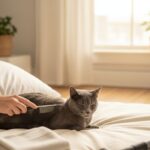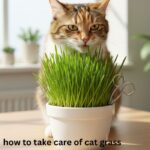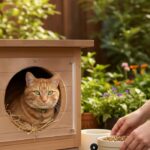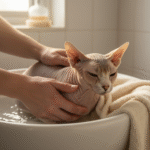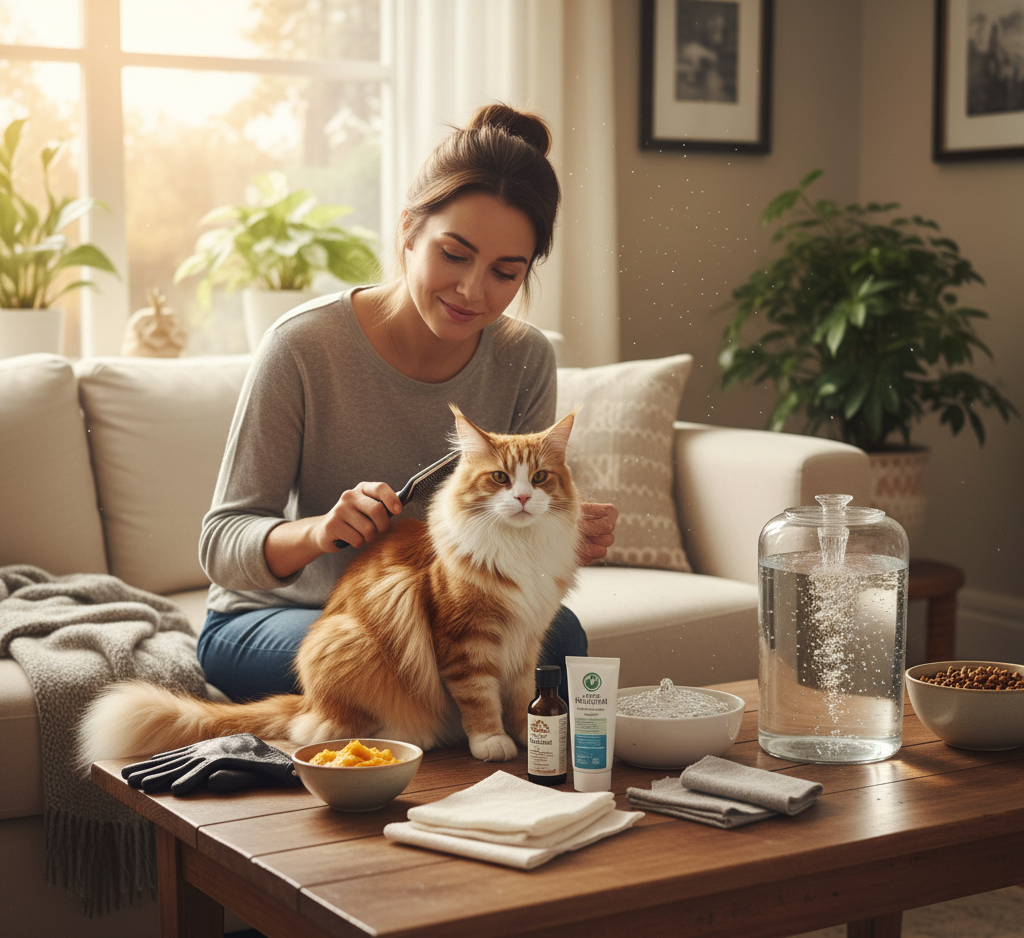The hacking sound is never pleasant for any cat owner. While passing a hairball remains a natural part of feline life, frequent or struggling hairball episodes signal a need for action. These dense clumps of ingested fur can cause discomfort and, in severe cases, dangerous intestinal blockages. Fortunately, you possess powerful tools right in your home to minimize this unpleasant occurrence and promote your cat’s digestive health. Understanding and implementing practical home remedies for cat hairballs is the key to a happier, healthier kitty.
This detailed guide will take you through a comprehensive, step-by-step approach—from essential grooming practices to critical dietary adjustments and when you absolutely must call your veterinarian. We will unpack effective strategies, ensuring you have the knowledge to tackle your cat’s hairball issues proactively and safely.
Understanding the Hairball Hurdle
First, let’s understand why your fastidious feline produces hairballs. Cats are immaculate groomers, and their tongues, covered in tiny, hook-like structures called papillae, act like natural combs. This constant self-grooming pulls loose and dead hair from their coat. Your cat then swallows this hair. Most of the time, the hair passes harmlessly through the digestive tract and exits with the feces. However, when an excessive amount of hair collects in the stomach, or if the cat’s digestive system is sluggish, the hair mass can consolidate into a hairball, which your cat then attempts to expel by vomiting. This is where effective home remedies for cat hairballs come into play—they focus on prevention and smooth passage.
Mastering Grooming: The Primary Home Remedies for Cat Hairballs
The most effective strategy to manage hairballs lies in prevention. Your cat’s digestive tract can only handle so much fur. By routinely removing loose hair before your cat swallows it, you dramatically reduce the hairball burden. Consistent grooming is one of the essential home remedies for cat hairballs
Regular Brushing Reduces Loose Fur and Prevents Hairball Buildup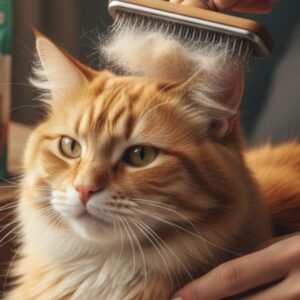
Make daily brushing a non-negotiable part of your routine. This activity serves as your most critical defense against hairballs. When you brush your cat, you actively strip away the dead, loose undercoat and shedding surface hairs that would otherwise end up in their stomach.
- Implement a Daily Routine: Short-haired cats benefit greatly from a quick daily brush, but long-haired breeds, such as Persians or Maine Coons, absolutely demand it. Use a slicker brush or a grooming glove designed to capture shed hair effectively.
- Focus on Problem Areas: Pay special attention to areas where the coat is thickest, like the back and hindquarters.
- Frequent Brushing During Shedding Seasons Prevents Excess Hair Ingestion: Cats typically experience heavier shedding in the spring and fall. During these peak seasons, increase your brushing sessions to twice or even three times a day to keep up with the volume of loose fur. A thorough grooming routine significantly lowers the amount of hair your cat ingests, making this a top-tier home remedy for cat hairballs.
- Finish with a Damp Cloth: After brushing, wipe your cat down with a slightly damp paper towel or a fragrance-free baby wipe. This simple act collects the fine, airborne hairs that the brush might have missed, ensuring they don’t settle back into the coat.
Optimizing Diet: Fiber and Lubricants as Home Remedies for Cat Hairballs
Beyond external care, your cat’s diet plays a vital role in their digestive ability to process and pass ingested hair. Incorporating certain dietary supplements acts as a powerful internal strategy among effective home remedies for cat hairballs.
Fiber-Rich Additions: Essential Home Remedies for Cat Hairballs
Fiber gives the ingested hair something to ‘bind’ to, effectively sweeping it through the digestive system and out with the stool. This prevents the hair from pooling in the stomach and forming a troublesome hairball.
- Add Fiber to Your Cat’s Diet (Pumpkin Puree or Fiber-Rich Treats): Pure, canned pumpkin is an excellent, natural source of fiber. It’s crucial to use 100% pure pumpkin puree, not pumpkin pie filling, which contains sugar and spices harmful to cats. Try mixing a half to one teaspoon into their food once a day for a few days to help things move along. The high fiber content is an effective home remedy for cat hairballs.
- Consider Fiber Supplements: Small amounts of products containing psyllium husk, such as a tiny pinch of unflavored Metamucil, can also work wonders, but always consult your veterinarian for the appropriate dosage, as a cat’s fiber needs differ vastly from a human’s.
- Choose the Right Food: Special hairball-control cat food can reduce shedding and aid hair passage. Many major cat food brands formulate kibble and wet food specifically for hairball management. These foods often contain higher levels of fiber and specialized ingredients designed to improve coat quality and gut motility. Switching to a hairball control formula can be a sustainable, long-term home remedy for cat hairballs for chronically affected cats.
Natural Lubricants: Oils and Gels as Home Remedies for Cat Hairballs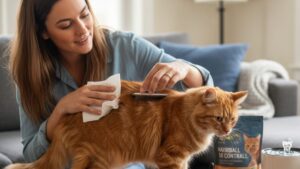
A little lubrication goes a long way in ensuring hair slides smoothly through the intestinal tract instead of getting stuck. You can use healthy, natural oils or specific commercial products.
- Olive Oil or Fish Oil in Small Amounts Helps Improve Digestion and Coat Health: High-quality fats act as natural lubricants.
- Olive Oil: A tiny drizzle (about a quarter to a half teaspoon) of olive oil mixed into your cat’s food once a week can help ease the passage of hair. Never force oil into your cat’s mouth, as it presents a risk of aspiration.
- Fish Oil: Oils derived from fish, like salmon oil, provide healthy Omega-3 fatty acids, which not only lubricate the digestive tract but also significantly improve the overall health and shine of your cat’s coat. A healthier coat means less shedding and, consequently, less ingested hair.
- Use Hairball Remedies or Lubricants (Vet-Approved Gels or Pastes): Many over-the-counter hairball gels are petroleum-based or contain mineral oil (or vegetable oil alternatives), designed to coat the ingested hair and allow it to pass easily. You can often apply a small strip of the gel to your cat’s paw; their natural grooming instinct takes care of the rest. Look for vet-approved gels, as they offer a proven, palatable home remedy for cat hairballs.
Hydration and Monitoring: Crucial Management for Cat Hairballs
Two often-overlooked components in managing hairballs are maintaining adequate hydration and diligent health monitoring.
Encourage Hydration — Fresh Water Helps Move Hair Through the Digestive Tract
A well-hydrated digestive system functions much more efficiently. Water provides the necessary medium for fiber and lubricants to work effectively, preventing stagnation in the gut.
- Provide Multiple Water Sources: Cats can be notoriously picky drinkers. Place several fresh water bowls around the house.
- Invest in a Water Fountain: Many cats prefer moving water over still water. A cat fountain can be highly effective in enticing them to drink more frequently.
- Increase Wet Food: If your cat primarily eats dry kibble, incorporate canned or wet food into their diet. Wet food contains significantly more moisture, naturally boosting their daily water intake and contributing to the goal of preventing cat hairballs.
Dietary Caution and Health Vigilance
While adding beneficial supplements is a key strategy, exercise caution regarding other additions.
- Avoid Overfeeding Treats or Oily Foods to Prevent Digestive Upset: While the oils mentioned above are beneficial in moderation, too much fat can cause diarrhea, pancreatitis, or lead to unhealthy weight gain. Stick strictly to the recommended small dosages for any oil or supplement you use.
- Monitor for Symptoms Like Frequent Coughing, Constipation, or Vomiting: Be vigilant for signs that a hairball has become more than a minor annoyance.
- A persistent, unproductive cough or retching (gagging without producing a hairball) could indicate a severe, lodged hairball.
- Loss of appetite, lethargy, or a swollen abdomen are serious warning signs.
- Difficulty defecating or passing very hard, dry stool (constipation) suggests a blockage or a severely dehydrated system struggling to pass hair.
When Home Remedies for Cat Hairballs Aren’t Enough: Consulting Your Veterinarian
While these home remedies for cat hairballs offer excellent preventative and supportive care, sometimes a hairball problem points to a deeper health issue that requires professional attention.
Consult a Vet If Hairballs Become Frequent or Cause Appetite Loss
If your cat experiences frequent hairballs (more than once or twice a month, depending on the cat and their coat length) or if you observe any of the severe symptoms mentioned above, you must seek veterinary help immediately. A hairball that causes a complete intestinal obstruction is a life-threatening emergency. Your vet can perform diagnostics, such as X-rays, to determine if a severe blockage exists. They can also rule out underlying conditions like inflammatory bowel disease (IBD) or severe skin allergies, which can lead to excessive grooming and, therefore, excessive hair ingestion. Never hesitate to call your vet.
Conclusion: Proactive Care for a Hairball-Free Life
Managing and preventing cat hairballs comes down to a consistent, multi-pronged approach. You must commit to regular grooming to physically remove the hair, adjust their diet to include fiber and healthy lubricants for internal support, and ensure optimal hydration for smooth passage. By diligently applying these proven home remedies for cat hairballs, you take proactive steps to safeguard your cat’s digestive health and significantly reduce those disruptive, uncomfortable episodes. Remember, consistent effort yields the best results, transforming a potential nuisance into a manageable aspect of caring for your cherished companion.


